Over the years, events like natural disasters, 9/11 and the Great Recession have had serious impacts on food insecurity, but Second Harvest Food Bank of Central Florida says nothing in recent history compares to COVID-19. According to “Map the Meal Gap 2020,” a national survey conducted by Feeding America, the number of Central Floridians who are food insecure will likely rise by 49% this year.
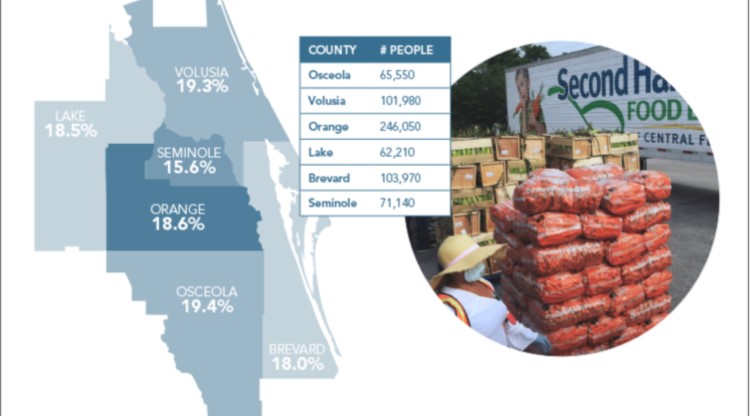
The new survey estimates one in six people in Central Florida may experience food insecurity in 2020. For children, that number rises to one in three, compared to one in four last year.
“The pandemic is creating a situation that we have not experienced since the Great Depression,” said Dave Krepcho, president and CEO of Second Harvest Food Bank. “We’ve all seen photos of long lines at food assistance providers, but ‘Map the Meal Gap 2020’ paints a picture that’s even more striking. If every child experiencing hunger in Central Florida lined up shoulder-to-shoulder along I-4, that line wouldn’t just go on for miles – it would stretch from Orlando to Daytona and back again.”
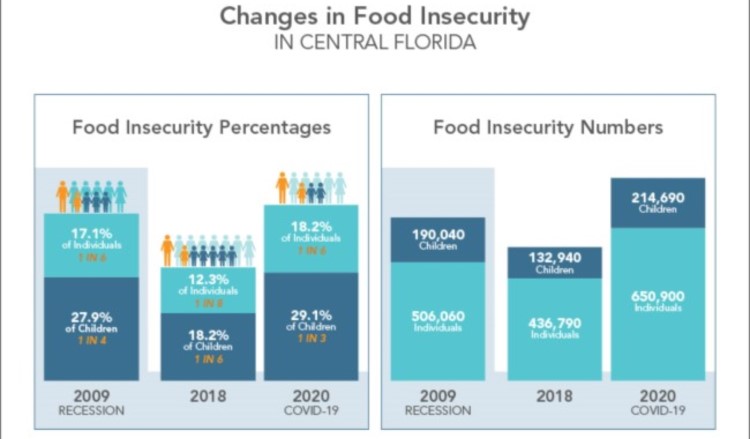
Since mid-March, Second Harvest has doubled its daily distribution, disbursing enough food for 300,000 meals each day. The nonprofit started its annual Summer Food Service Program two months early when schools transitioned to distance learning. In addition, the food bank started its first home delivery program, Bring Hope Home, which helps some of the most vulnerable populations, like seniors.
“We are grateful to our corporate and community partners who have helped us get this far and allowed us to operate at this level,” added Krepcho. “But this study shows the need is not slowing down. In fact, it’s getting greater – and we’ll need even more support to continue helping our neighbors.”
The hunger picture in Central Florida is changing.
You can view the study and interactive maps for your county.


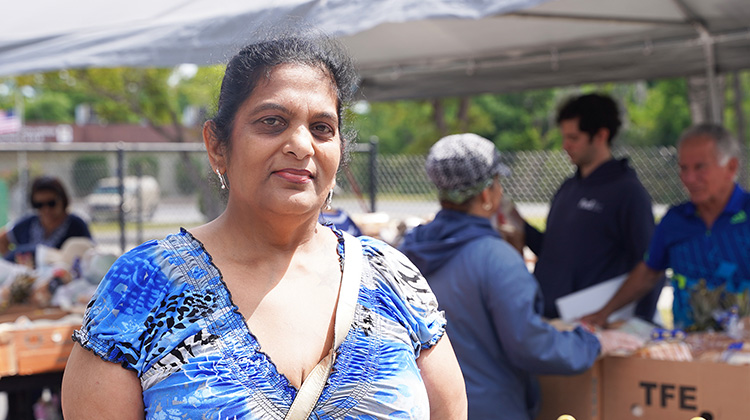
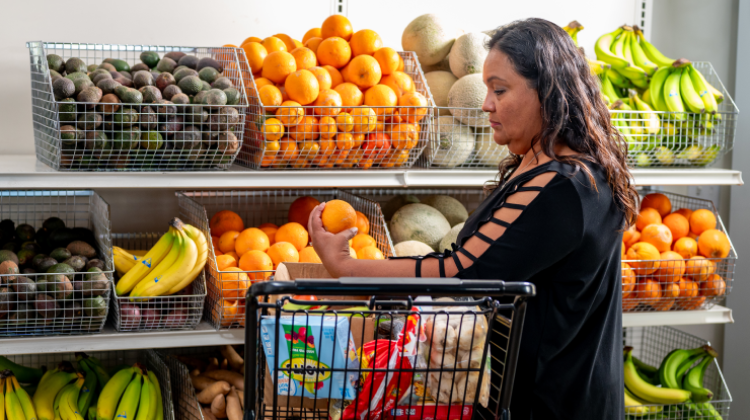
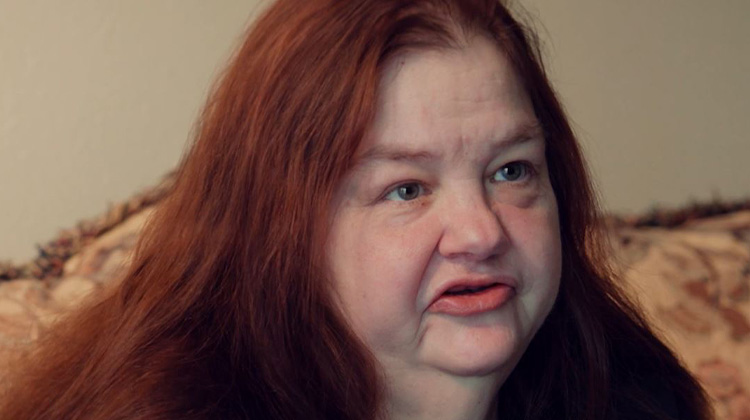


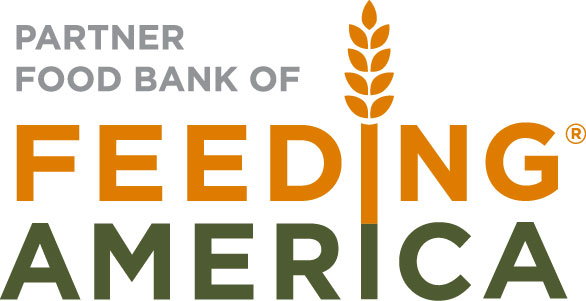
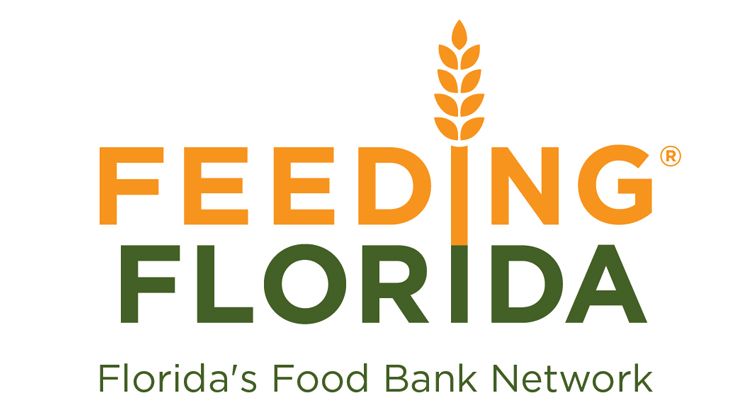
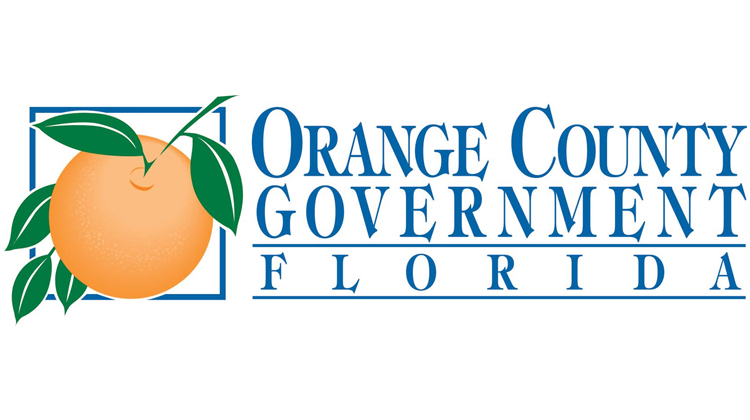
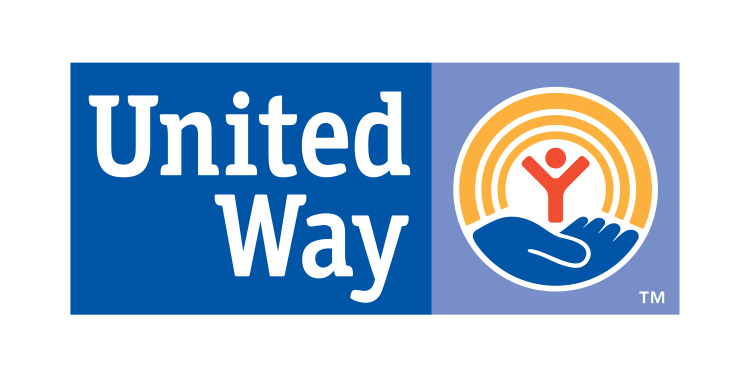

Leave a Reply